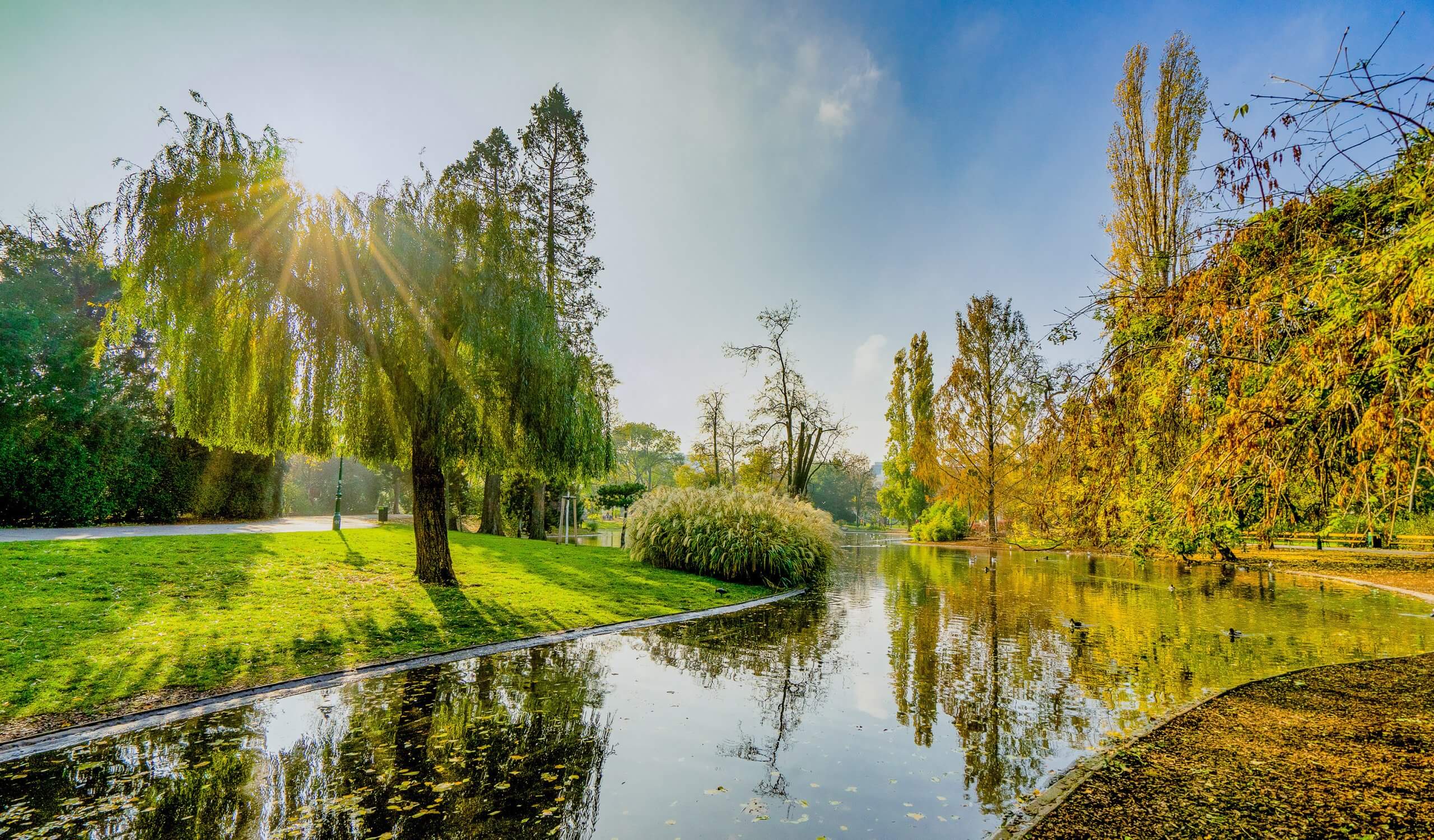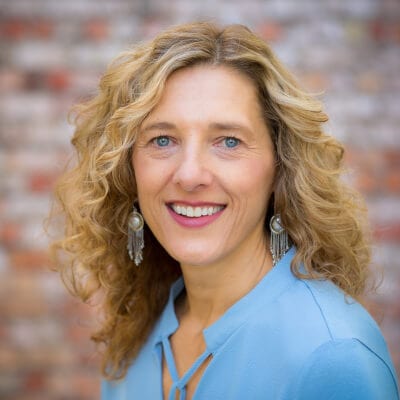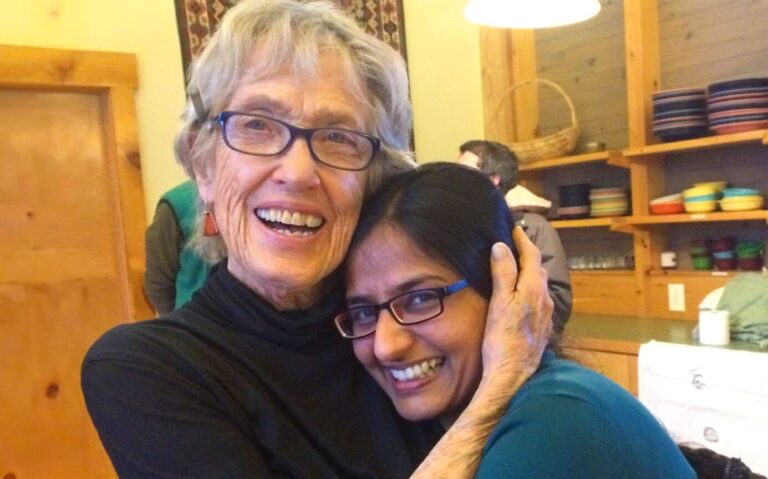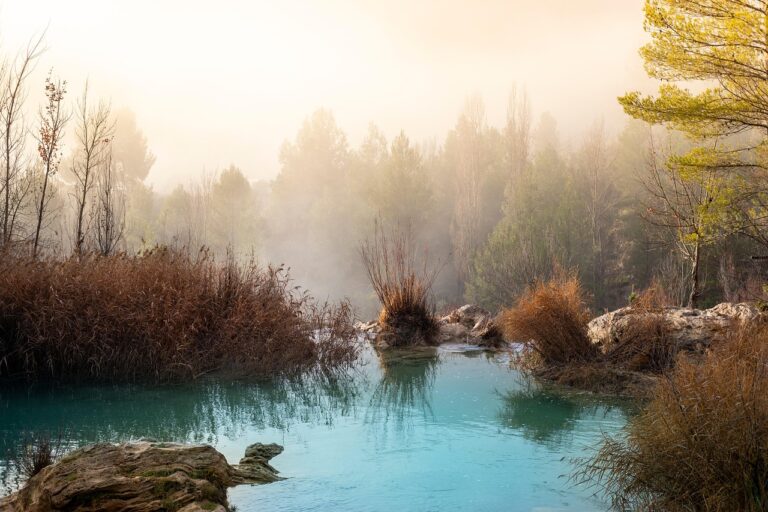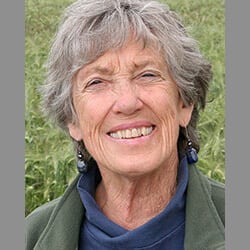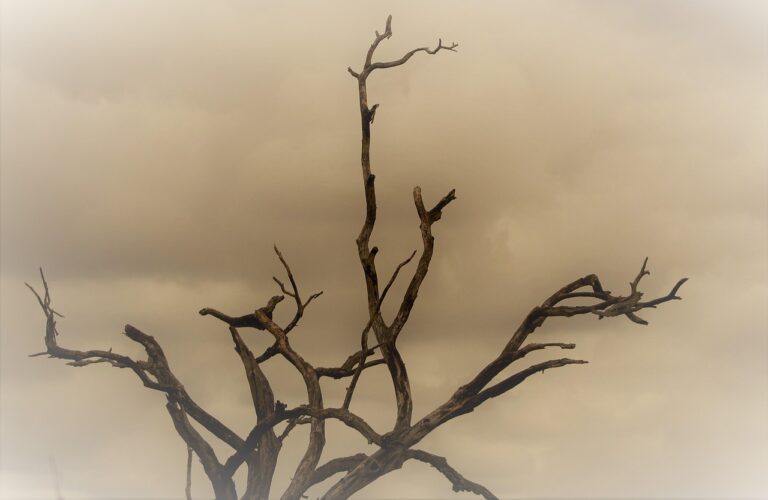Could sitting and observing our breath this Earth Day better connect us to the natural world? When I started practicing mindfulness meditation more than 15 years ago, I had no idea that sitting in silence and focusing on my breath would not just offer me insight about my own personal experiences, but also open doors of understanding about connection: our connection with other people, wildlife and with the planet.
Deep care keeps me from despairing about our current situation and motivates me to make different choices to reduce my impact and to protect what I cherish—this incredible living planet and all of life.
Mindfulness—defined as moment-to-moment non-judgmental awareness—can be cultivated through meditation and other ways to recognize what is happening in the present moment in the body, heart, and mind. One common instruction in mindfulness meditation is to sit still and quiet the mind by focusing attention on the sensations of breathing. Concentrating in this way can help to settle the “monkey mind” that swings from thought to thought, busy planning what’s next or ruminating on the past. As the mind settles, we see our physical, mental, and emotional experiences more clearly, and with more access to this information, we can make better decisions, and presumably live happier, more fulfilled lives.
I started meditation in response to the death of my father, in search of some way to manage the immense grief that I felt. I felt stuck in grief. With time, however, I learned that I had the capacity to hold all aspects of my experience of grief with kindness, and by giving it space, the grief was able to change and flow. I got unstuck.
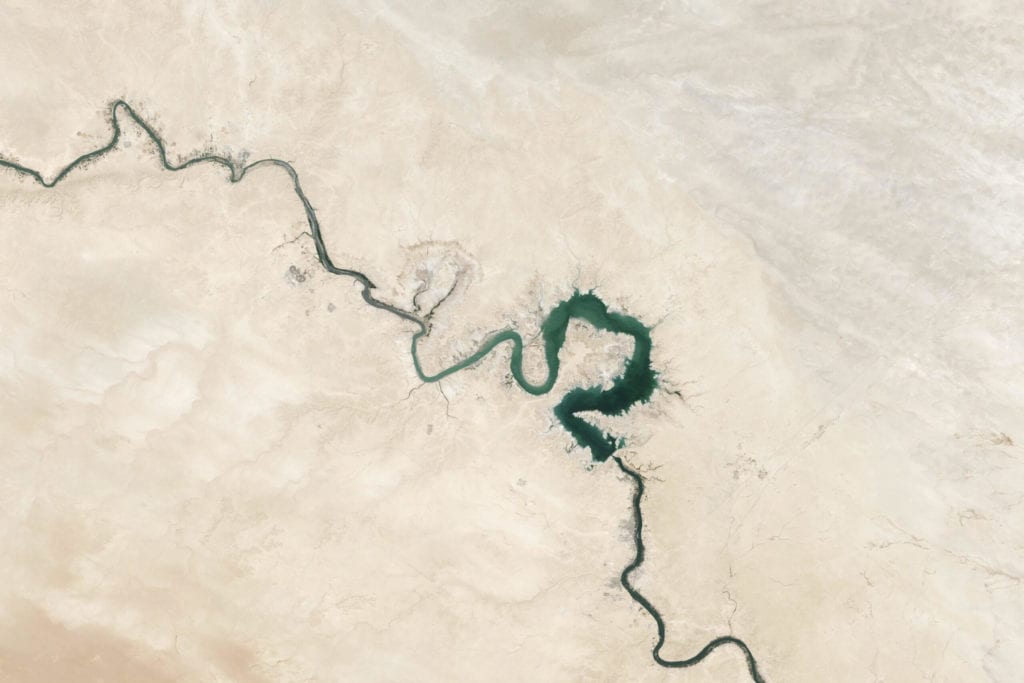
As my practice deepened, I sensed that I was not just one human being breathing, but that the Earth was breathing me. I was reminded that I depend on the earth to breathe, to be alive. The world’s forests and the ocean’s phytoplankton produce the very oxygen that enables my survival. The food I eat is harvested from the Earth and is a combination of plants, sunshine, water, nutrients, and the efforts of many human hands. The water I drink flows from a river that is fed by rain and purified using tools that were derived from human ingenuity. And in turn, I breathe out carbon dioxide that feeds trees and phytoplankton, recognizing that I am part of a much larger system that’s dependent on reciprocity. I have a vital role to play in keeping that system in balance and have set an intention to live lightly and reduce my impact. Meditation allows me to reflect, with wonder and gratitude, on the intimate connection I have with this incredible living planet and all living things.
I can give my grief the space it needs to shift and flow without getting stuck, and that enables me to access something much greater.
The connectedness of people and the planet has never been more evident to me than in the last few months with the surge of the COVID-19 crisis. The coronavirus has been identified as zoonotic, meaning that it was transmitted from animals to humans. The risks of such outbreaks have increased dramatically in recent years as the human population grows and encroaches on wildlife habitat. Risky wildlife trade also facilitates the likelihood of animal to human disease transmission. Additionally, climate fluctuations can affect disease transmission, and with changing climate patterns resulting from anthropogenic climate change we are seeing a greater uptick in infectious diseases. How humans are engaging with nature is having direct effects on public health. When we come up close with some of the gravest impacts of our actions on people and the planet—such as what we’re living today with the coronavirus—how do we not despair?
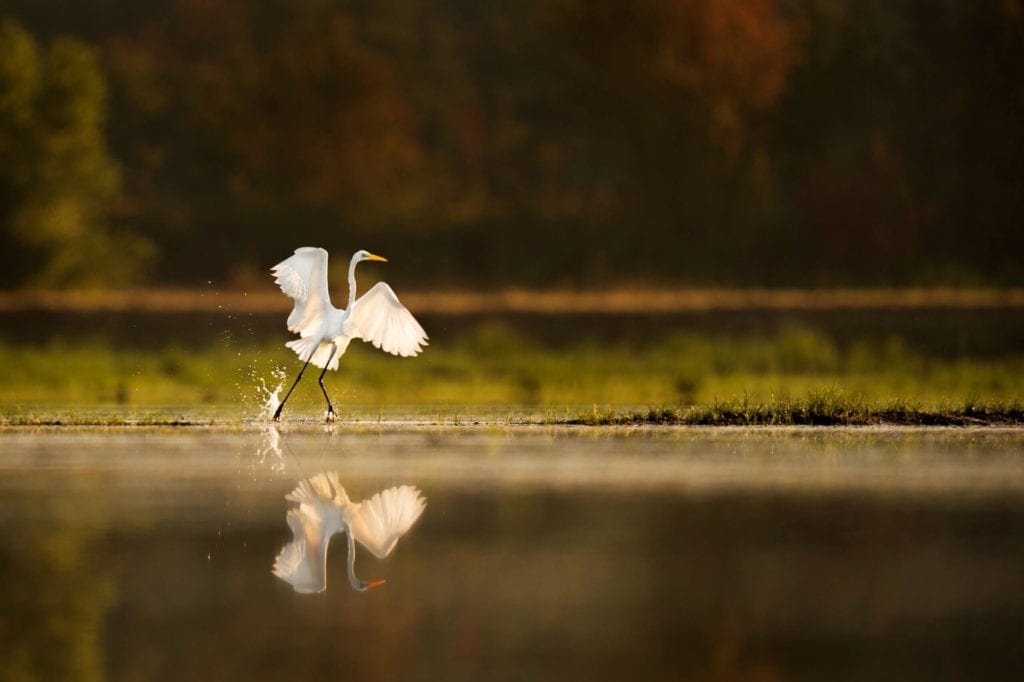
This is when I come back to my mindfulness practice. When I sit in meditation, I sometimes experience waves of grief about the damage we’ve done to nature, or the physical and emotional suffering experienced across the globe as a result of COVID-19. Much like the grief I experienced with my father’s passing, with mindfulness I can acknowledge the grief I feel for the planet and people affected by COVID-19 without judgment. I also hold it with the understanding that any damaging actions we’ve taken have stemmed from forgetting our interconnection with the Earth and all its creatures, human and otherwise, from the mistaken assumption that we’re isolated and separate. I can give my grief the space it needs to shift and flow without getting stuck, and that enables me to access something much greater.
As I meditate, I turn my attention back to the breath. I breathe in and out, sensing myself both breathing and being breathed, and I’m able to access a deep care for this world that flows naturally from understanding my place in the whole web of life. This care keeps me from despairing about our current situation and motivates me to make different choices to reduce my impact and to protect what I cherish—this incredible living planet and all of life.
This article was originally published by World Wildlife Fund. It is reprinted here with permission.

